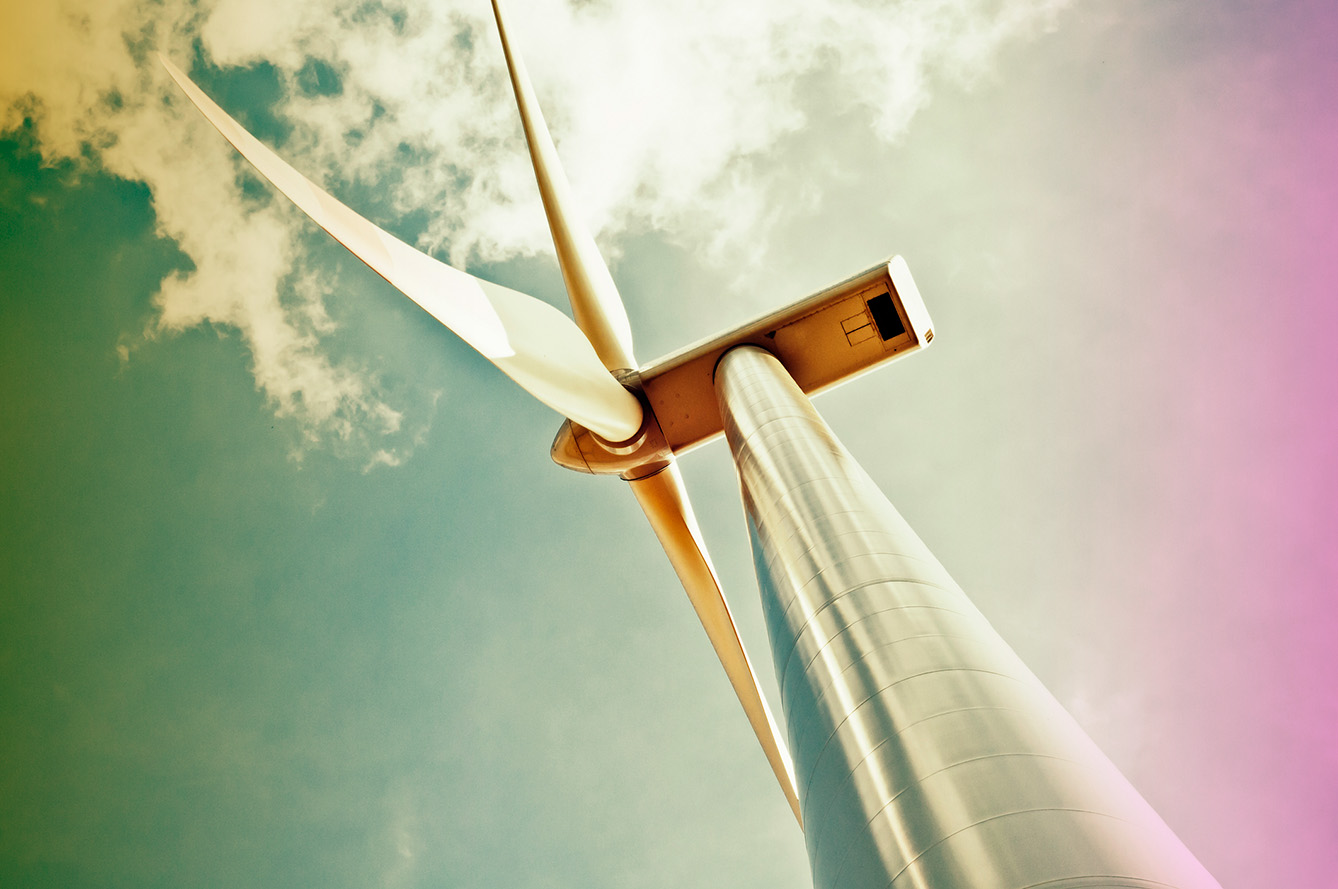According to experts, due to its local climatic conditions, the Baltic Sea is an ideal location – perhaps even one of the best in the world – to place wind farms and acquire renewable energy. The largest Danish-owned wind farm, Kriegers Flak, with 72 turbines generating 604 MW of power, was already built in the Baltic Sea. Polish investors want to take this a step further – their plan is more ambitious, more powerful, and, above all, more efficient. The Polish investment plan assumes the construction of a complex of 70 turbines that will ultimately generate 1 GW of power.
Polish company Orlen in cooperation with Canadian company Northland Power is responsible for the project. The first attempts to find suitable locations and sign contracts with contractors have already been made. It is estimated that the construction costs will amount to about PLN 14 bln. Preliminary works in the form of geological reconnaissance have already begun, as Baltic Power vessels have drilled nearly 100 70 m-deep boreholes to begin selection of the best location for the turbines. Together with a planned nuclear power plant, the farm is expected to reduce CO2 emissions by 2030, diversify Orlen’s energy portfolio, and lower electricity prices.
Environmental impact
To a greater or lesser degree, every human activity has some impact on the environment, and our task is to minimize its possible adverse effects. In the case of wind farms, the greatest concern is always their potential impact on bird migration. However, it is assumed that the impact of this wind farm on local flora and fauna would be minimal, provided that the final design acknowledges certain factors, including:
- Planning construction outside bird migration periods,
- Grouping wind turbines so that they do not cross migration corridors,
- Planning maintenance works so that they do not disturb the ecosystem with noise from boats, construction machinery, or personnel.
The Baltic Power farm will be constructed following the latest ecological principles and utilizing the most modern techniques available in order to minimize any potential negative impacts on the environment. With its potential to increase green energy availability in the region and reduce carbon emissions, Baltic Power is on the path to aid in increasing energy security in the region for decades to come.







